Like the mythical bird, this particular little camera has risen from the ashes.... well, the back of a cupboard or drawer, anyway...
A little while back this Certo Dollina II was very kindly gifted to me by a good friend, who also filled me in on it's back story. His Father bought the camera around the beginning of WW2 for a good price (as you can imagine in Britain at that time, German goods weren't overly popular). It served him well for many years, shooting various film types, right up to a fateful family holiday in 1969, travelling around the coast of Scotland. Unfortunately, midway through the first of three slide films, the shutter failed, something that wouldn't have come to light until the films came back from the lab..
Upon discovering this rather sorry state of affairs, the Dollina was replaced with a more modern camera. It's fate was now uncertain as it languished, half-forgotten, in storage.

When the camera arrived with me, I was delighted with it, even in it's non-functioning state. After a positive enquiry response from Rob at the excellent Vintage Cameras Galore in Plymouth regarding a service, it went on it's travels down to South West England for a little tlc. In what seemed like hardly any time at all, like the rising Phoenix, Dolly had returned. Everything now functions nicely and the previously murky lens is crystal clear.

There were three generations of Dollina, from it's introduction in 1935 as a relatively straight forward scale focus model through to the top of the range Super Dollina II in the early 1950s.
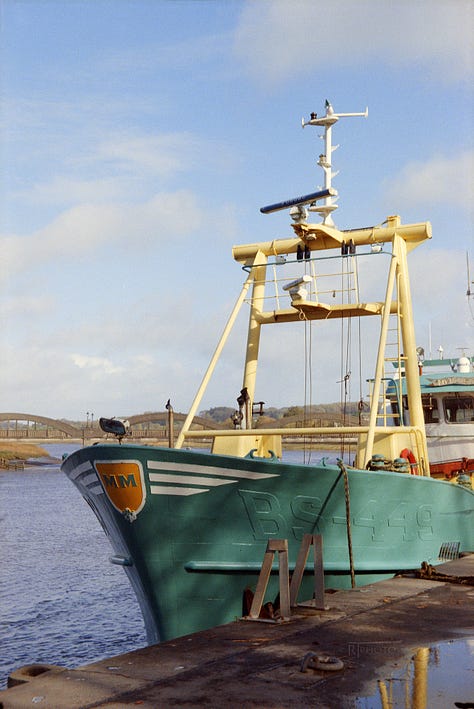
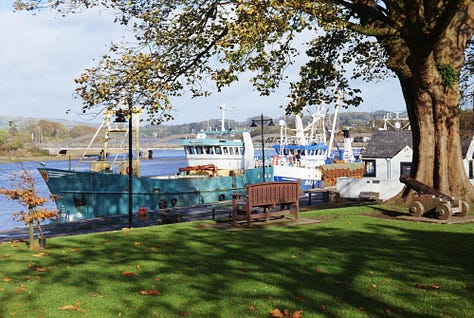
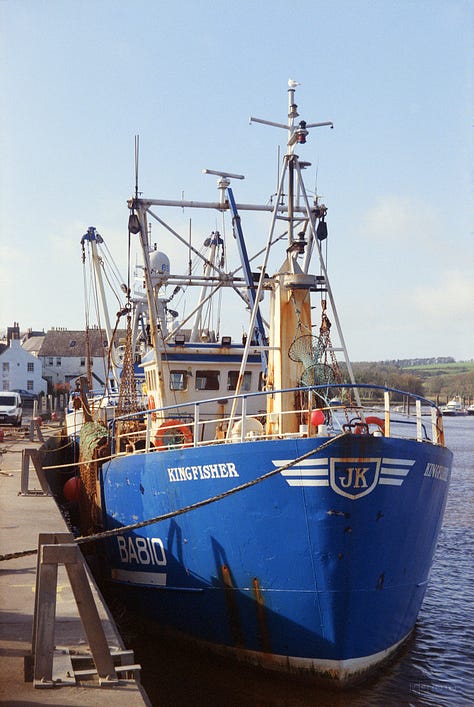
My little gem was introduced in the late 1930s, having had a coupled rangefinder unit added to the original version. Like a lot of vintage cameras, a certain amount of discipline is required, as nothing is automated.
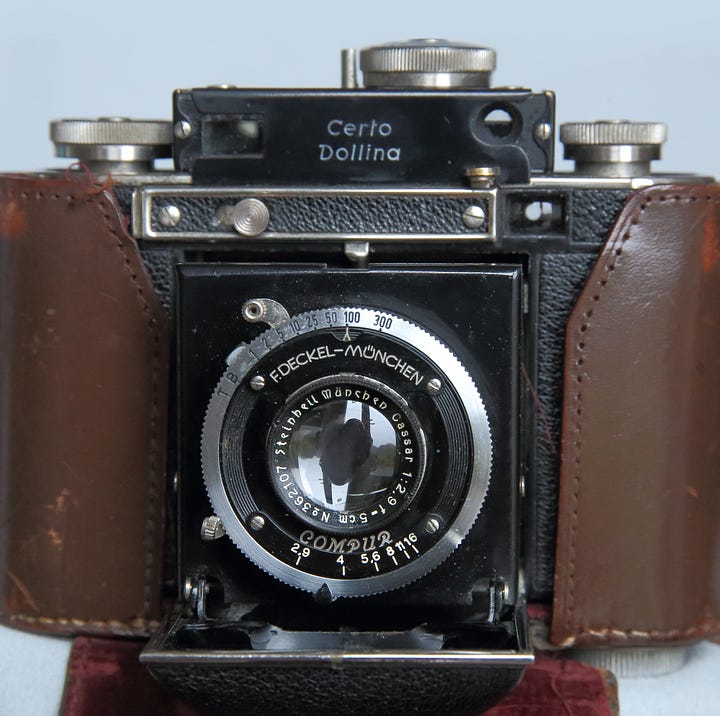
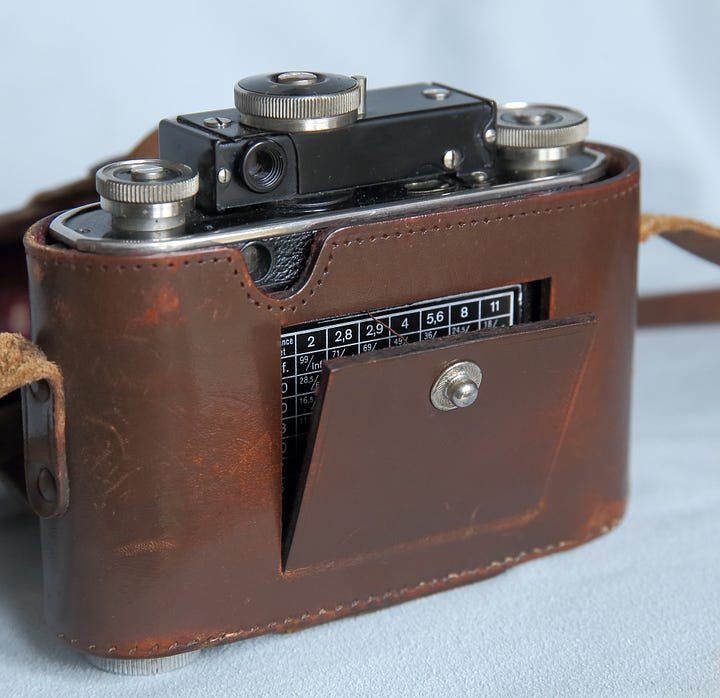
A few of the features of the camera are a little quirky which take a bit of getting used to, but it’s worth the effort. One unusual and useful feature is a hinged flap in the back of the leather case that allows access to the depth of field table displayed on the back of the camera. Although the rangefinder is separate from the viewfinder, it is coupled to the lens, moving the whole lens/shutter unit back and forth via scissor-action struts. The image frames are counted through the camera with a mechanism coupled to the toothed sprocket adjacent to the film gate, which stops the film being advanced after each frame. A little button (seen just above the shutter cocking lever) then needs to be pressed in order to advance on to the next frame. This button also serves as the exposure counter reset.
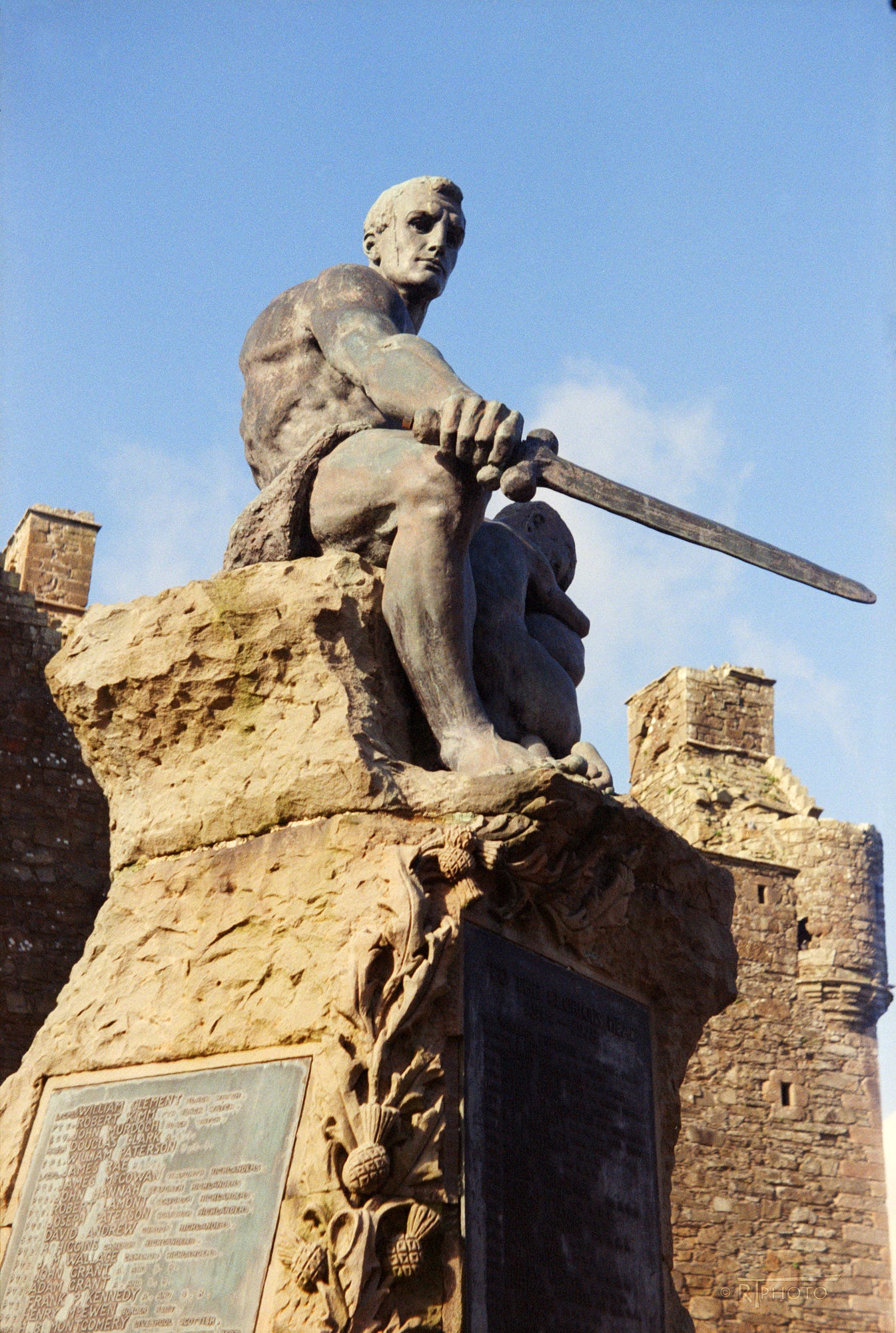
I was a little uncertain how the results would look, particularly as I'd chosen a long expired roll of Konica VX200 colour negative film as the first to be run through the revived camera. This roll had been skulking around in our fridge for longer than I can remember. Two unknowns, so a slightly risky endeavour, perhaps (although I did downrate the film to 100 iso as a precaution).
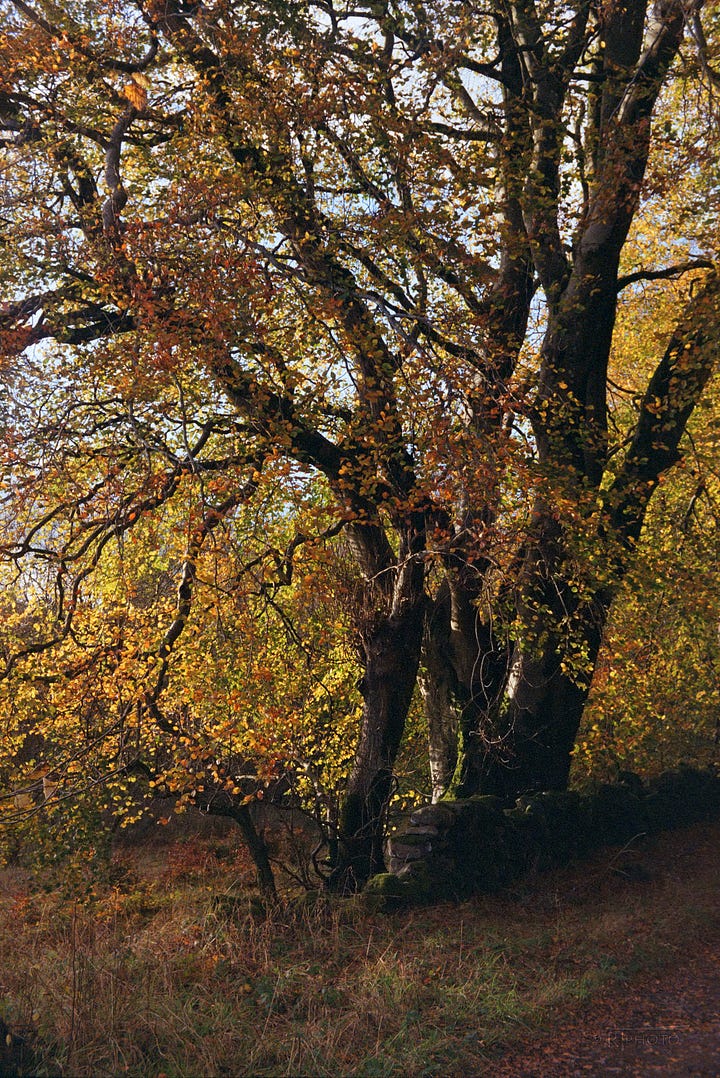

When the strip of negatives returned from the lab, I needn't have worried about it ageing too much as, once scanned and edited, the images came out rather well. Images were scanned in raw mode, converted in Raw Therapee and edited in Photoshop Elements 6. Other than the usual brightness range adjustment and colour balancing, the only adjustment was a very gentle contrast lift purely to suit personal taste.
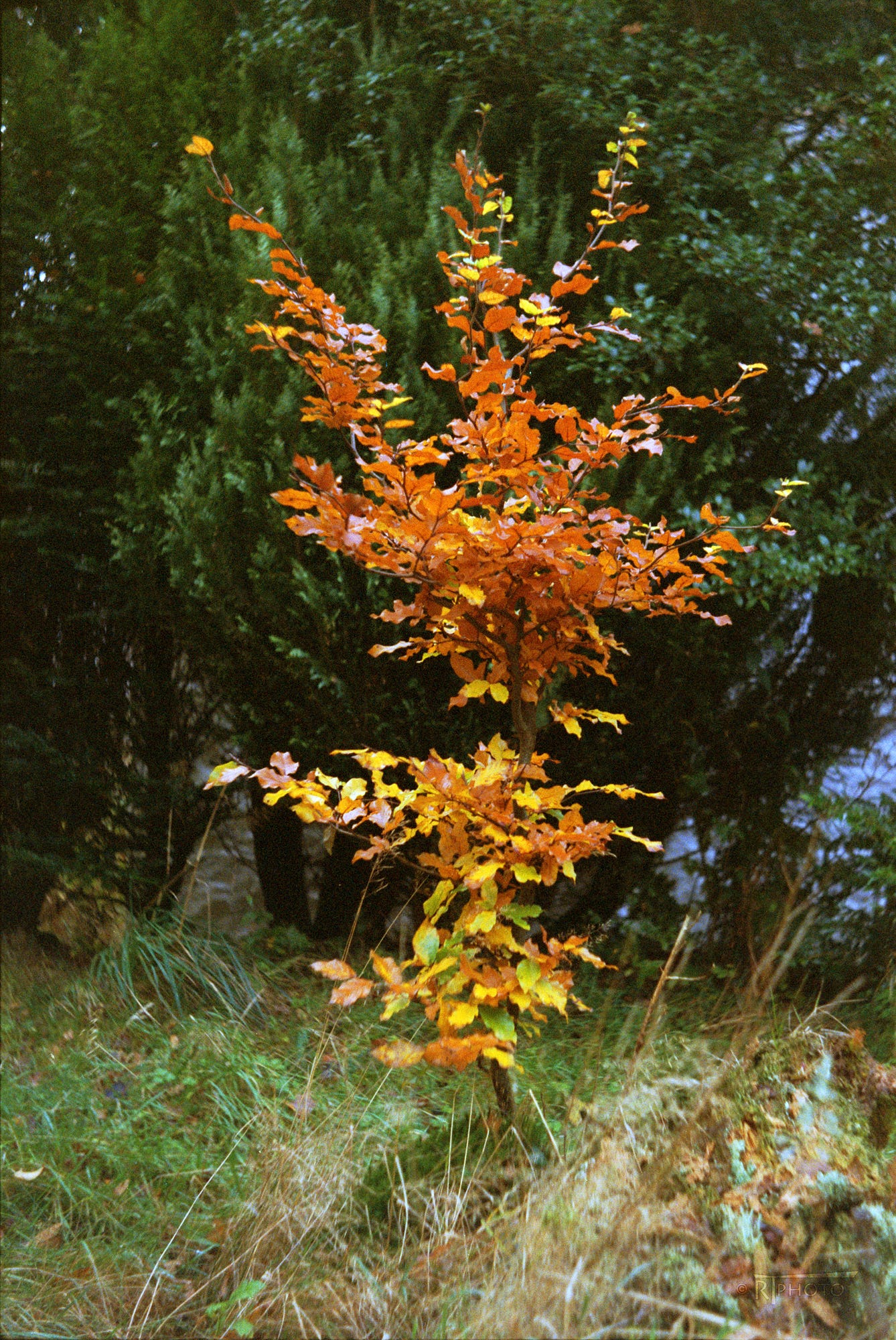
For an octogenarian, Dolly is doing very well indeed and, no doubt, will be out ‘n’ about again in the not-too-distant future.
*+*+*+*+*
Thank you you for stopping by. If you enjoyed reading this please consider making a contribution to our collective future and plant a tree or visit:

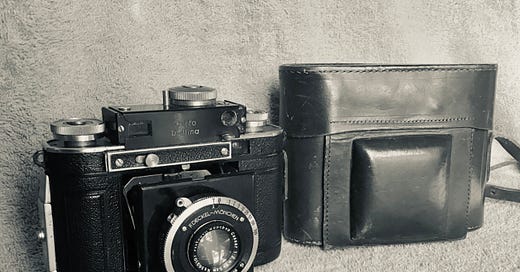


Nice shots! Having any cameras of similar vintage is always fun, whether the camera functions or not. I am not familiar with the Steinheil lenses though, I'll need to look into them.
these are great results! congratulations, you have an awesome camera!